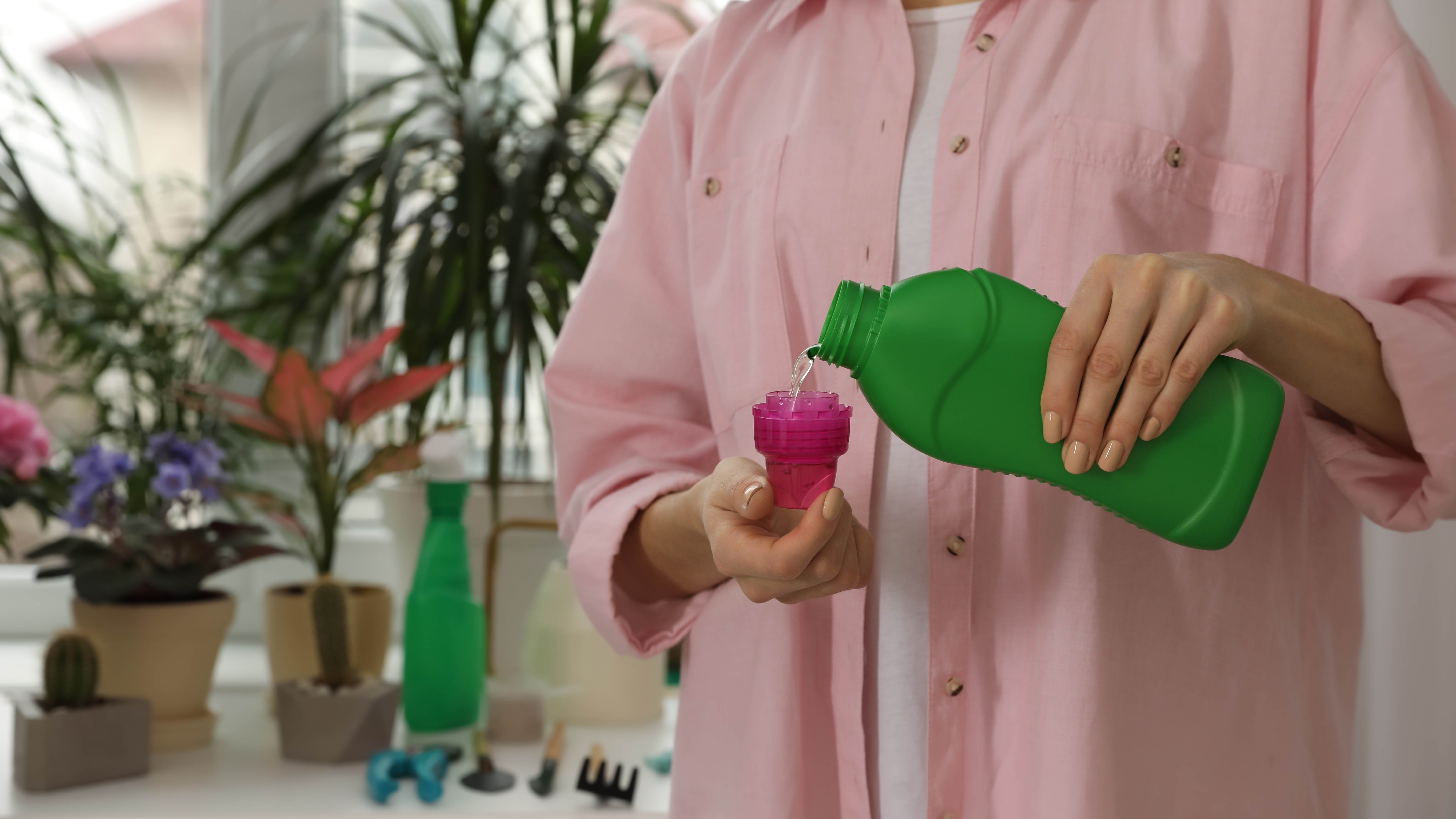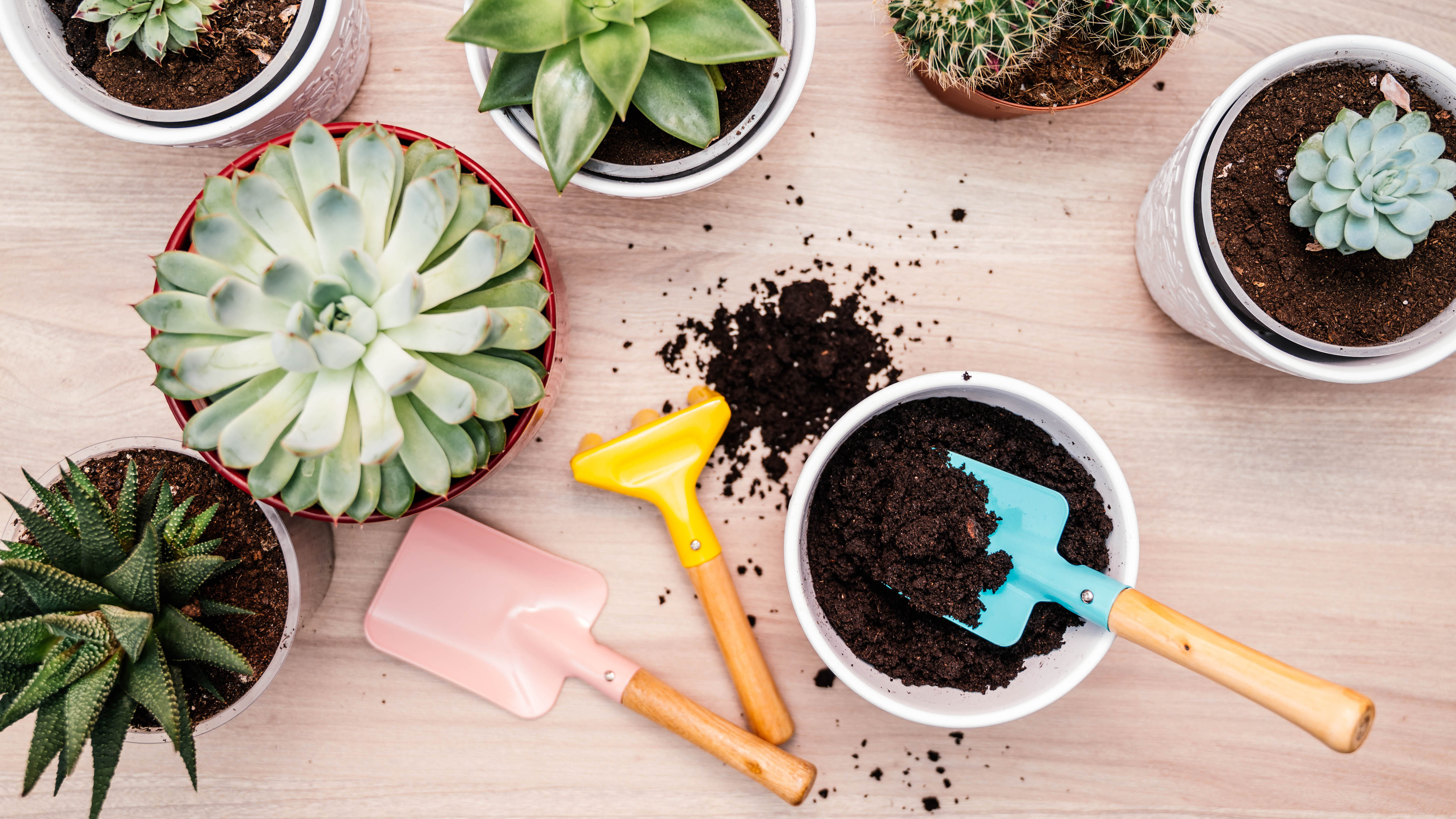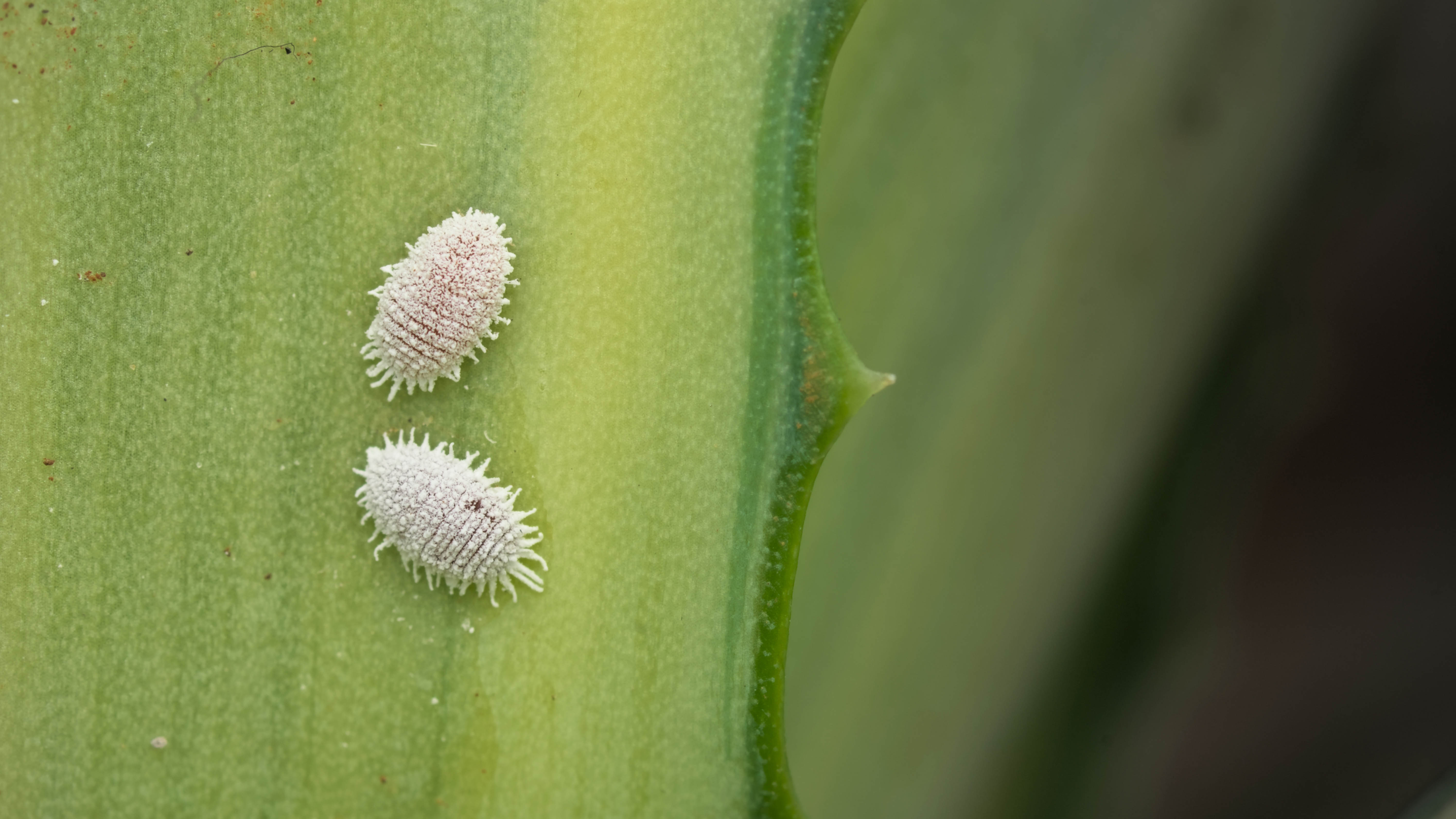How to care for a Christmas cactus and keep it alive

A common gift over the holidays is a Christmas cactus. These plants are so named because they bloom over the festive period. With splaying, rounded leaves draped over the pot, and pink, red, purple or white tubular flowers blooming at the ends, these don’t look like your typical cactus — in fact, they’re not even a cactus, they’re technically a succulent. They feature flattened, tear-drop shaped leaves with scalloped edges and appear very similar to the Thanksgiving cactus, which have more obvious spines on the leaves.
While this plant is relatively easy to care for and hardy by nature, much like all succulents, there are still mistakes that even seasoned cacti-lovers can make. Water it too much, or provide inadequate light, and your Christmas cactus may never bloom again. That’s why we’ve pulled together this comprehensive guide on how to care for a Christmas cactus. We will cover everything you need to know, from daily care tips, to best location and pruning. So if you want to keep your Christmas cactus vibrant and blooming, follow these tips.
Be sure to also check out how to care for air plants and how to care for a spider plant.
How to care for a Christmas cactus
Watering

While it’s not technically a cactus, your Christmas cactus will still need watering regularly. Water deeply and thoroughly, letting it run through the soil, and tip away any excess which collects in the drip tray underneath. The soil then needs to be left to partially dry before the next dowsing is due. Depending on the time of year and the external temperature, this can take a day or a week. Confirm the conditions by placing your finger in the soil. If the top two inches feel dry, your Christmas cactus wants more water — it should only be moist beyond that level.
It’s worth noting that a Christmas cactus will shrivel and sag whether it’s over- or under-watered, so don’t take this as an immediate sign that it’s drying out. Always check the soil first.
A Christmas cactus prefers a humid environment, so if conditions get too dry, you will need to regularly mist the plant as well. Make sure your plant has adequate access to water during these conditions as well.
Location

Much like our own homes, location is everything when it comes to plants. And the Christmas cactus is a little more picky than most. First, if you haven’t already noticed, it drapes over the pot as it grows. That means hanging it up, or sitting it on a shelf edge may be best, to give the leaves room to grow. It should also be in a position where it’s not subjected to sudden temperature changes, such as near an open door or heater.
Get instant access to breaking news, the hottest reviews, great deals and helpful tips.
While the cactus name may confuse you, these plants don’t want to sit in the full sun, but they don’t want to be kept in the dark either. Your Christmas cactus will thrive best in regular indirect sunlight. It’s worth keeping in mind that brighter conditions will encourage future blooms, but direct sunlight can damage the leaves, so you need to find the optimum balance.
Your Christmas cactus can be moved outdoors in the summertime if conditions are suitable, although direct sunlight will need to be avoided once again.
Feeding

If you want to promote growth, feeding your Christmas cactus with a dedicated fertilizer is encouraged, such as the Miracle-Gro Succulent Plant Food ($6.29, Amazon). You can apply this every other week, following the directions given by the brand on dosage and dilution.
Begin fertilizing once the flowers have finished blooming in the spring and continue applying it into the summer. Then stop at the end of the summer if you want to encourage more flowers in the winter.
Repot using the proper soil

Much like our own homes, location is everything when it comes to plants. And the Christmas cactus is a little more picky than most. First, if you haven’t already noticed, it drapes over the pot as it grows. That means hanging it up, or sitting it on a shelf edge may be best, to give the leaves room to grow. It should also be in a position where it’s not subjected to sudden temperature changes, such as near an open door or heater.
While the cactus name may confuse you, these plants don’t want to sit in the full sun, but they don’t want to be kept in the dark either. Your Christmas cactus will best suit regular indirect sunlight. It’s worth keeping in mind that brighter conditions will encourage future blooms, although direct sunlight can damage the leaves, so you need to find the optimum balance.
Your Christmas cactus can be moved outdoors in the summertime if conditions are suitable, although direct sunlight will need to be avoided once again.

5. Temperature — This is another important condition to consider if you want your Christmas cactus to grow. Generally speaking, your fully bloomed Christmas cactus will flourish in temperatures of 60-70°F in the day and 55-65°F at night.
If you want to encourage more blooms, the temperature will need to cool a little once it’s finished flowering — to about 50°F. Then, once new growth and buds appear, your plant can gradually be introduced to regular conditions.

6. Pruning — Once your Christmas cactus has finished blooming, you can remove any dead flowers. You can also use a pair of the best pruning shears to cut back your plant by as much as a third should you choose. Always cut at the thinnest point between the leaves and cut away any segments which are dying or showing signs of disease.
In doing this, you can better shape the future growth of your Christmas cactus and give it a more tidy appearance.

7. Pests — Unfortunately, Christmas cacti can fall victim to pests, so you will need to routinely check your plant over for any unwelcome guests. Spider Mites as well as Mealybugs are common and Scale can take advantage of your plant as well.
Look out for signs of each, which can include a sticky or waxy coating or a speckled appearance on the leaves. Treat with a relevant insecticide and treat as early as possible. Keep your plant in quarantine away from your other healthy plants during this time.

8. Blooming — If you want to get more blooms from your Christmas cactus, simply follow these steps. Once your plant has finished blooming, move it to cooler conditions, as mentioned earlier, and water it less regularly. Stop fertilizing your plant at this point as well. It will need to be kept in the dark for 12-14 hours a day.
It will take a few weeks, but small buds should eventually appear. At this stage, you can slowly reintroduce the usual temperature and light conditions and your flowers should bloom shortly.
If you want your Christmas cactus to bloom in time for the holidays, you need to start this process in early October for guidance.
For more planting tips, tricks, and how-tos, check out our guides on how to prune hydrangeas, how to care for an orchid, and how to plant sunflower seeds.

Katie Mortram used to be a Homes Editor for Tom's Guide, where she oversaw everything from kitchen appliances to gardening tools, as well as smart home tech. Specializing in providing expert advice for cleaning and home manintenance, she now works as Household Advice Editor for Good Housekeeping.
